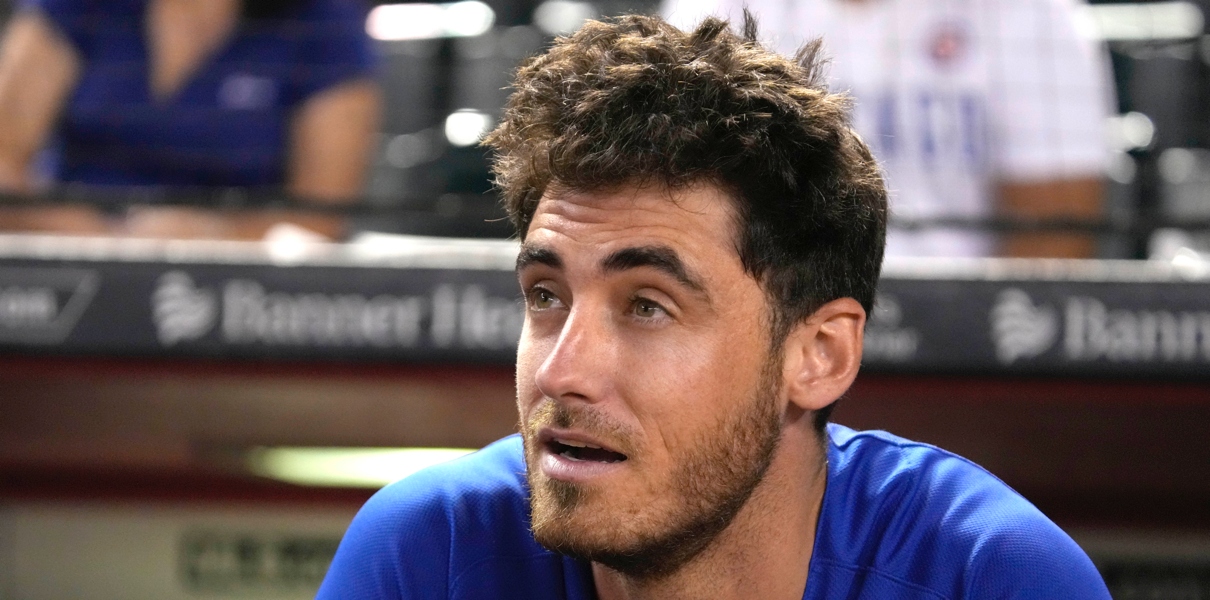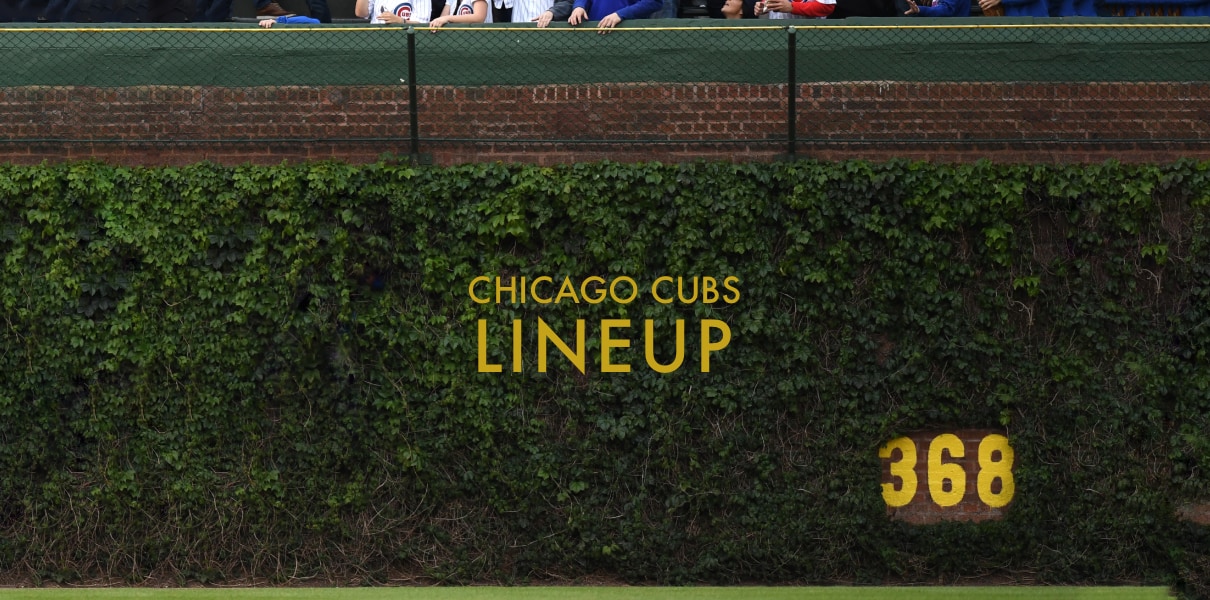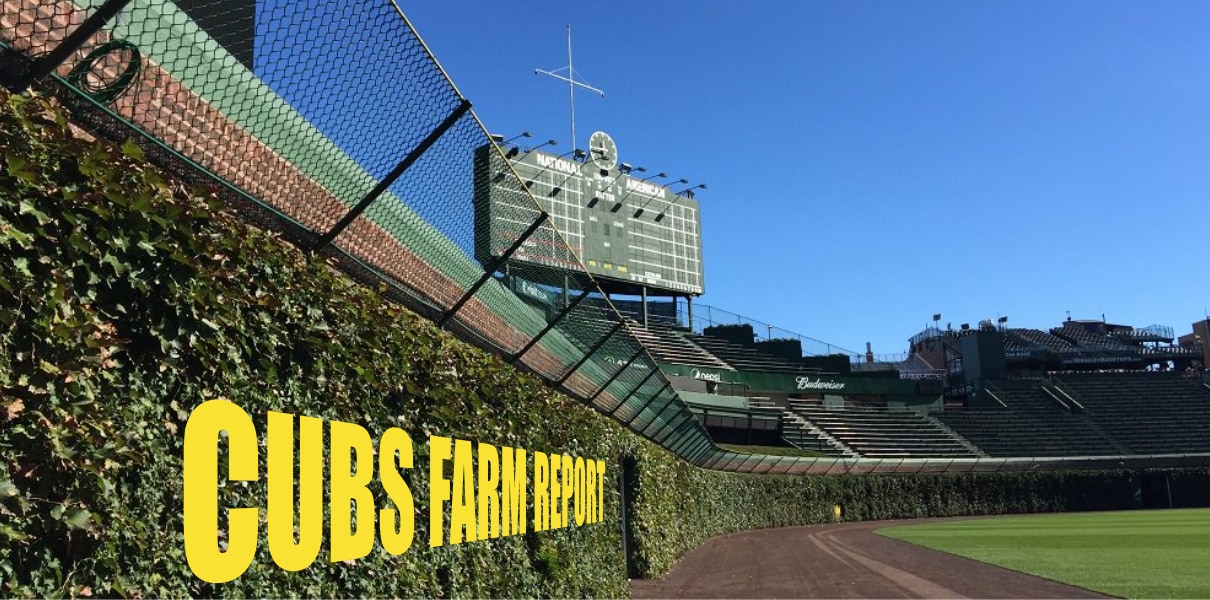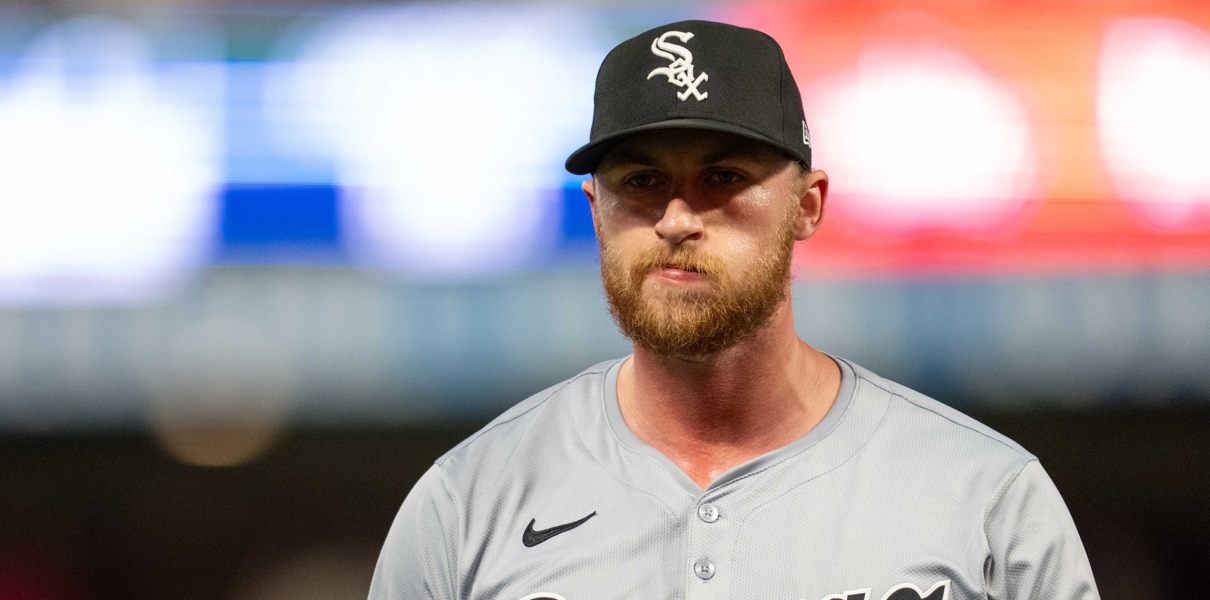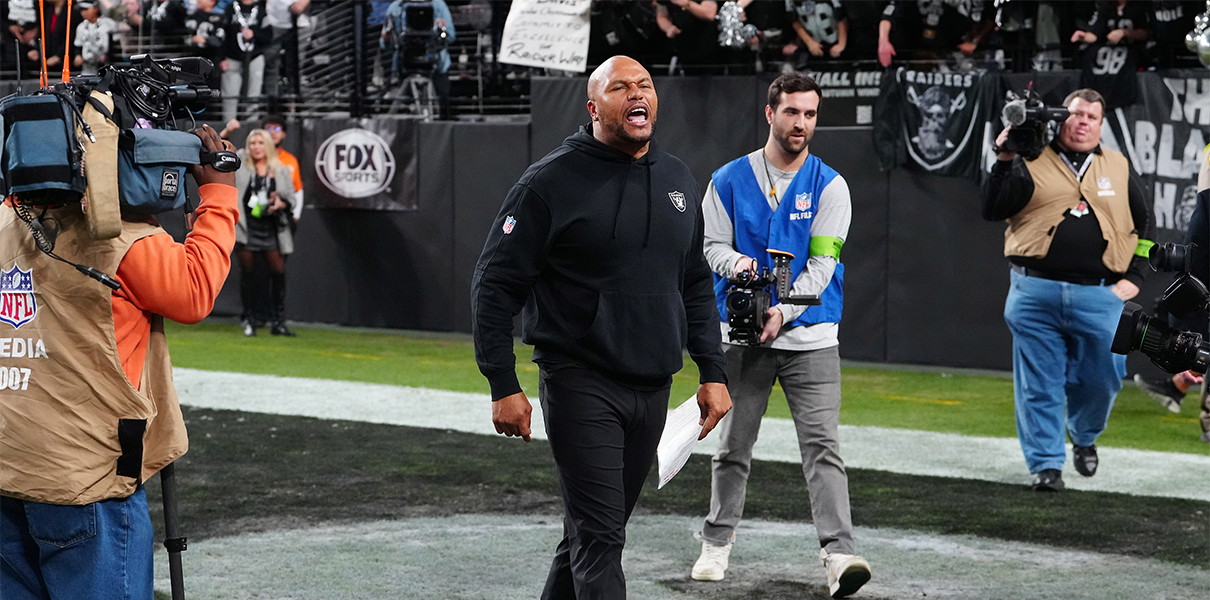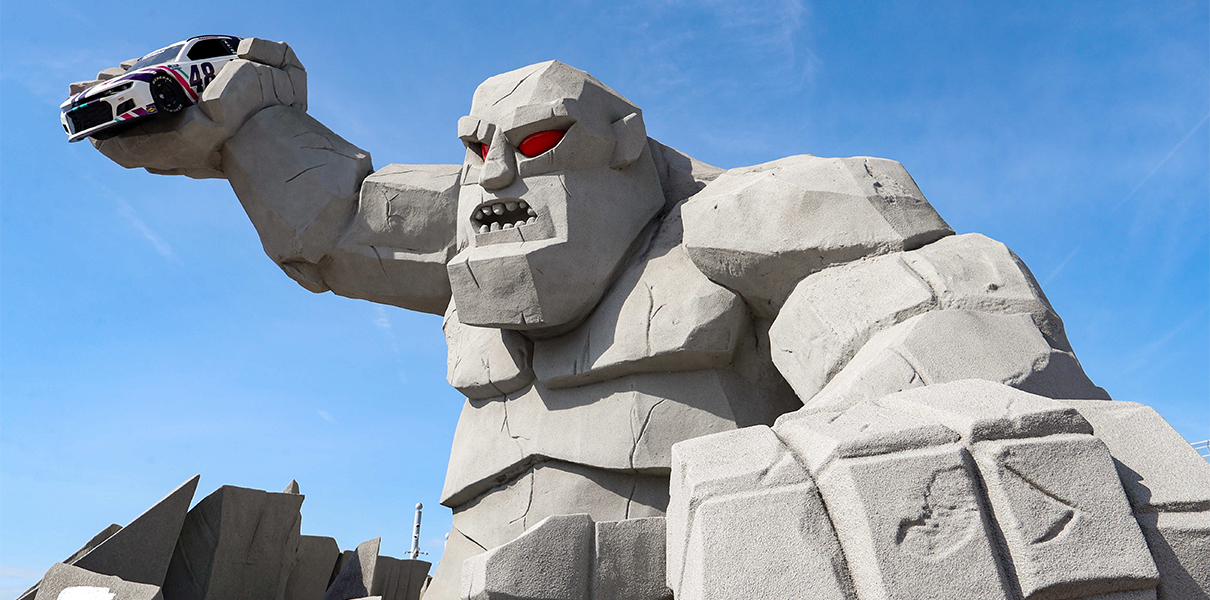
The details, as Rosenthal reports, go something like this: Just before the Red Sox acquired All-Star starting pitcher Drew Pomeranz from the Padres, the Cubs were trying to, as well.
Now, normally, that in and of itself isn’t much of a bombshell. We know the Cubs have been looking for starting pitching help and we know that they prefer younger pitchers with multiple years of control remaining. It’s exciting to think that the Cubs were close, sure, but that’s not quite “bombshell-y” enough.
Well, that’s because the unusual part comes next. The Cubs were reportedly not planning on keeping Pomeranz – who’s under team control through 2018 – but instead, were planning on flipping him to another team for a starter who’s under even longer team control. There’s a lot to unpack there, and, even though the trade did not come to fruition, if what Rosenthal reports is true, there’s still a lot we can learn from it.
[adinserter block=”1″]
I’m sure your first dying, itching, burning question is “SO WHO WAS THE OTHER STARTER!” but unfortunately, we may never know. Rosenthal was unable to get the name of that player, but learned from his source that his name is not out there publicly, and that he is very unlikely to be traded now that this has passed (I know, it’s like a ‘Game of Thrones’ cliffhanger). But that isn’t exactly the end of the story. This rumor sparked national interest (especially coming from a guy like Ken Rosenthal), so Dave Cameron attempted to solve the mystery over at FanGraphs.
The problem with landing anywhere concrete is that, on the surface, this trade doesn’t make a ton of sense, and Cameron explains why. “We have to figure out which team would want to trade for Drew Pomeranz this month, has a young controllable pitcher that would be worth more than Pomeranz to the Cubs, but also wouldn’t want to just keep that young pitcher for themselves.” Indeed, that’s a highly unique scenario that is difficult to understand, given the fact that the Cubs are contenders that could theoretically use Pomeranz themselves.
Cameron eventually runs through a series of very interesting names – including Marcus Stroman, Aaron Sanchez, Carlos Rodon, James Paxton, Jameson Taillon, Kevin Gausman, and Dylan Bundy – but lands instead on Jose De Leon, a prospect in the Dodgers’ system. It’s an interesting read for the process in getting there, so if you’re checking out Rosenthal’s piece, you’ll want to check out Cameron’s, too.
Regardless, nothing came of the rumor, and we’ll likely never know the identity of the targeted pitcher for sure.
But more questions remain, so let’s keep going.
[adinserter block=”2″]
For example, what does this say about the Cubs’ needs?
We are well-apprised of the Cubs’ (or at least, the Cubs fans’) desire to acquire an impact arm in the bullpen this deadline, but the need and rumors in the rotation have been far less apparent. After all, Jake Arrieta, Jon Lester and John Lackey all look durable and successful this season, Kyle Hendricks actually has the fourth best ERA in all of baseball, and Jason Hammel, for his periodic struggles, has a 3.34 ERA in 2016 over 102.1 innings (that’s quite a bit from your fifth best starter). If this deal were to have reached the daylight, we may have seen it be for the type of young starter who, although he might contribute out of the bullpen this year, looks to contribute in the rotation in 2017 and beyond.
Remember, Jason Hammel will be a free agent at the end of the season (assuming an option is not exercised), and Jake Arrieta and John Lackey will be eligible for free agency at the end of 2017. Given the positional core’s relative youth, however, the window of competitiveness should extend well beyond next year. That means that the Cubs will need talented, young, cost-controlled pitchers sooner rather than later (just maybe not as soon as this August). This may not be much of a surprise, but it does serve to underscore the Cubs confidence in the current rotation and uncertainty about the future.
After all, could you imagine the 2016 Chicago Cubs acquiring arguably the best available starter on the trade market and immediately shipping him off to someone they may face in the playoffs this year!? It would have been a bold move and immediately turned a lot of heads.
But it still doesn’t end here.
[adinserter block=”3″]
The third and final question from all of this regards what the Cubs were asked to give up. This time, we do know the answer. According to Ken Rosenthal, the Padres asked for Javier Baez in exchange for Pomeranz, which the Cubs refused. Not only does Rosenthal seem to be sure of that piece of the puzzle, we know that the Padres have tried to acquire Baez in the past, and that was before he’s shown how good he can be this year.
That the Padres asked for Baez isn’t necessarily that interesting, though. Instead, it’s the Cubs response that intrigues me, because of what it implies. For one, we know (at least, with more certainty than before) how the Cubs value Baez. They value him more than a pretty good, young, relatively cost controlled starter (Pomeranz) in the heat of a very important playoff race. But that’s not all. Because, after all, we know the Cubs weren’t even planning on keeping Pomeranz, which thickens the plot.
Remember, the Cubs were planning on flipping Pomeranz to another team in exchange for an even younger, even more cost-controlled, potentially higher-ceiling pitcher (whose name we may never know). That type of player has long been the White Whale for this Cubs front office, which means that their reluctance to part with Baez indicates a high internal valuation.
Although I think Baez has built up enough value in general to be considered a coveted asset across baseball, I think his value to the Cubs may actually exceed that quite a bit. Aside from his impressive developments at the plate (.283/.327/.457), Baez’s versatility has proved invaluable to a contending Cubs team trying to make it through the marathon of the season. With injuries all throughout their lineup, the Cubs have been able to deploy Baez at all four infield spots with genuine plus-defense and upside at the plate whenever they need. That’s just not the type of player you can give up in a pennant race and hope to compete over the long haul like you were before.
So in the end, we may not have gotten the head-spinning trade that was rumored, but we did learn a lot. We know now the Cubs are looking for a young, cost-controlled starter, but value Baez even more than that. The deadline is still a couple weeks away, though, so remember to expect anything.







